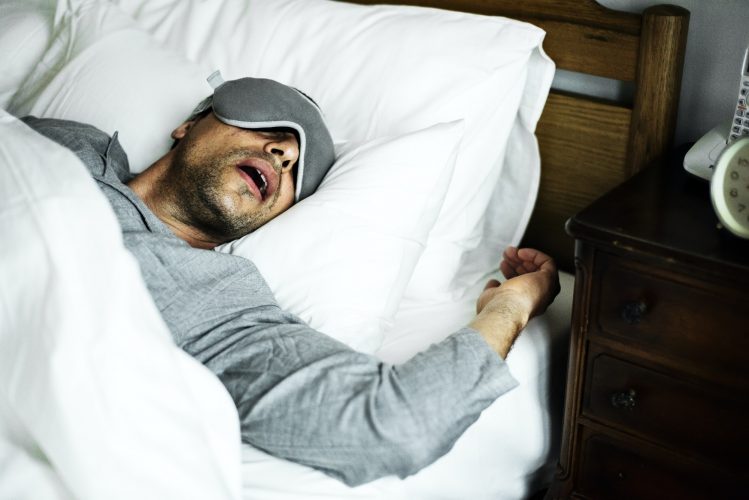There’s never been a better time to see Aurora Borealis, with more destinations experiencing them than ever and trip options ranging from self-guided adventures on the Shetland Islands to Icelandic fjord cruises.
1. Norway

Located in an active solar area, at the centre of the Northern Light’s oval, Tromsø in Norway is a popular destination for aurora chasers for good reason.
The city, which is above the Arctic Circle, has one of the highest probabilities of spotting the lights in the world. From September to mid-April, the chances of seeing the lights are quite high as both light pollution and cloud cover is minimal.
2. Iceland

For those chasing dramatic photos of the Northern Lights, this Icelandic glacial lagoon makes for a breathtaking backdrop. Set on the south coast of Iceland with close to no light pollution and towering icebergs dotted around the water, the lagoon has an otherworldly feel to it.
While the lights can be spotted from October to March, the best chance of seeing them is in December, when the daylight hours are limited and the night sky darker.
3. Greenland

Set in the aptly named Disko Bugt, or Disko Bay, the Ilulissat Icefjord was named a UNESCO World Heritage Site in 2004. Although the elusive light show can be seen here as early as September, it’s recommended to visit closer to the New Year festivities for an even more special experience.
In Ilulissat, locals get to celebrate the stroke of midnight twice — once at 8pm for Denmark, of which it’s part of, and again at midnight local time. If you’re lucky, you might get to ring in the New Year with Northern Lights dancing above.
4. Scotland

As the solar cycle — an approximately 11-year period of solar activity — is now on its way to reach solar maximum between 2024 and 2025, sightings of Northern Lights have become more common across the whole of Scotland and even in the North of England.
However, the Shetland Islands still offer the best chance of seeing the aurora as the most northern part of the UK. Spotting the ‘mirrie dancers’, as they’re known locally, on the remote islands requires a little more patience and determination, as the brighter displays happen just a few times a year between October and March.
5. Denmark

Typically a summer destination, venturing to the Faroe Islands in the harsh winter months means better rates and availability at hotels, and, of course, a higher chance of seeing the elusive Aurora Borealis.
Like many places where the lights are visible, weather conditions and daylight will determine whether or not they appear. The best islands for chasing the lights are Suðuroy and Sandoy, from November to February, and the week before a new moon offers the darkest nights.




